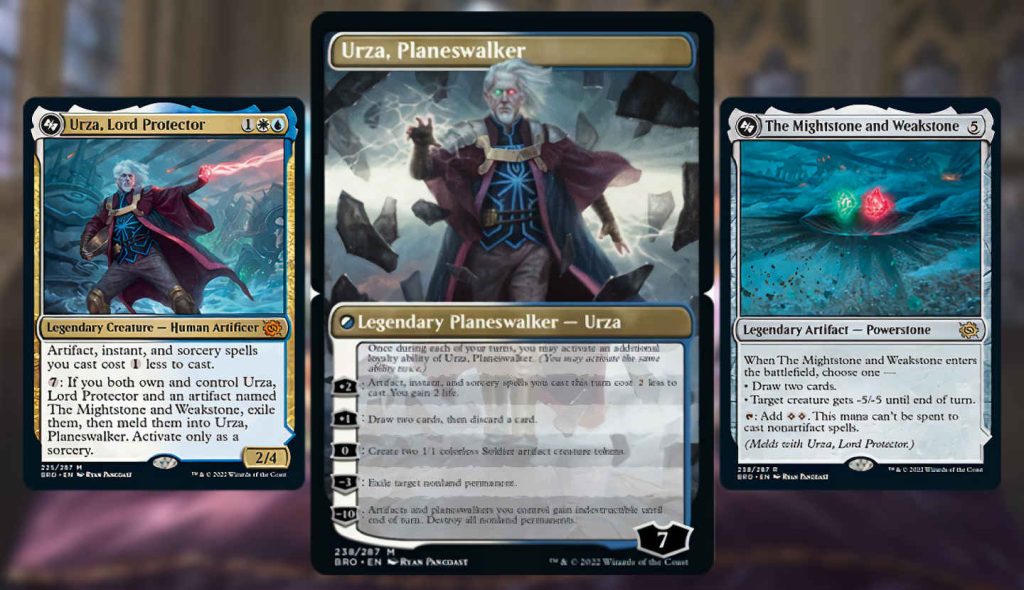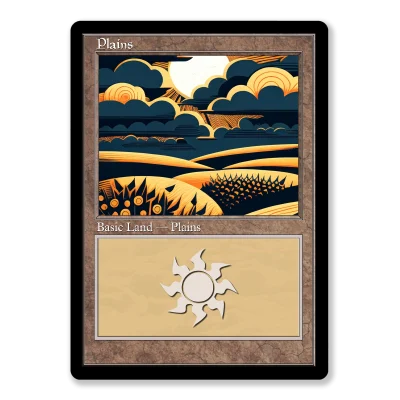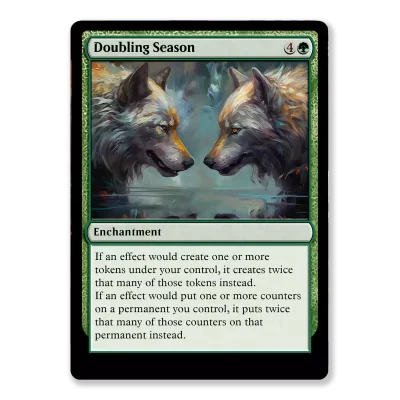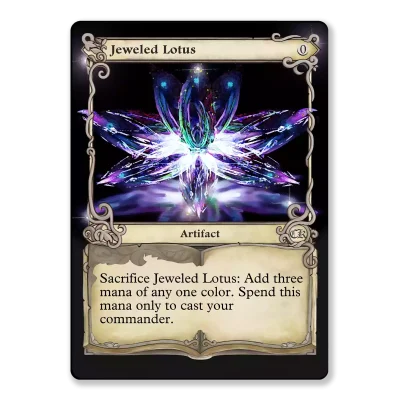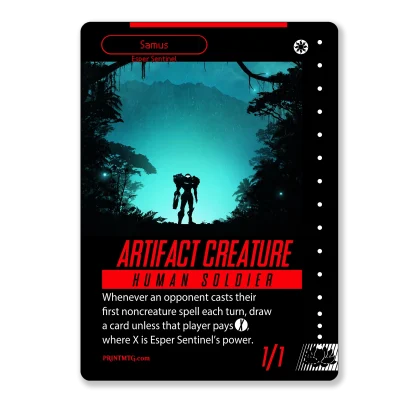In Magic: The Gathering, characters often ascend to powers they once thought unimaginable. But sometimes, that change is so significant that it fundamentally transforms them into a new being. Whether it’s a spark igniting to become a Planeswalker, a completion into a Phyrexian, or a twist by the Eldrazi, such major transformations call for a unique mechanic to represent them.
That’s where meld comes in. First introduced in the Eldritch Moon set and revisited in The Brothers’ War, the meld mechanic stands out for its unique gameplay and visual appeal. Here’s everything you need to know about meld.
What Is Meld?
Meld is a distinctive and innovative mechanic in Magic: The Gathering (MTG) that enables players to combine two specific cards into one oversized permanent with new abilities and artwork. Each meld pair consists of two cards (normally creatures, but it has also been seen on lands) that, when certain conditions are met, can be flipped and combined to form a new card with combined attributes and abilities.
When a permanent with meld triggers, both parts of the meld pair flip over to the opposite side and become one, larger card. For example, Gisela, the Broken Blade and Bruna, the Fading Light can meld to become Brisela, Voice of Nightmares.
This process often requires both cards of the meld pair to be on the battlefield and involves specific triggers or activation costs. The conditions required to meld differ for each meld pair. Most require you to have both halves in play, like Brisela, but others may require both halves to attack (like Mishra, Claimed by Gix), or have a certain amount of cards in your graveyard (like Titania, Voice of Gaea).
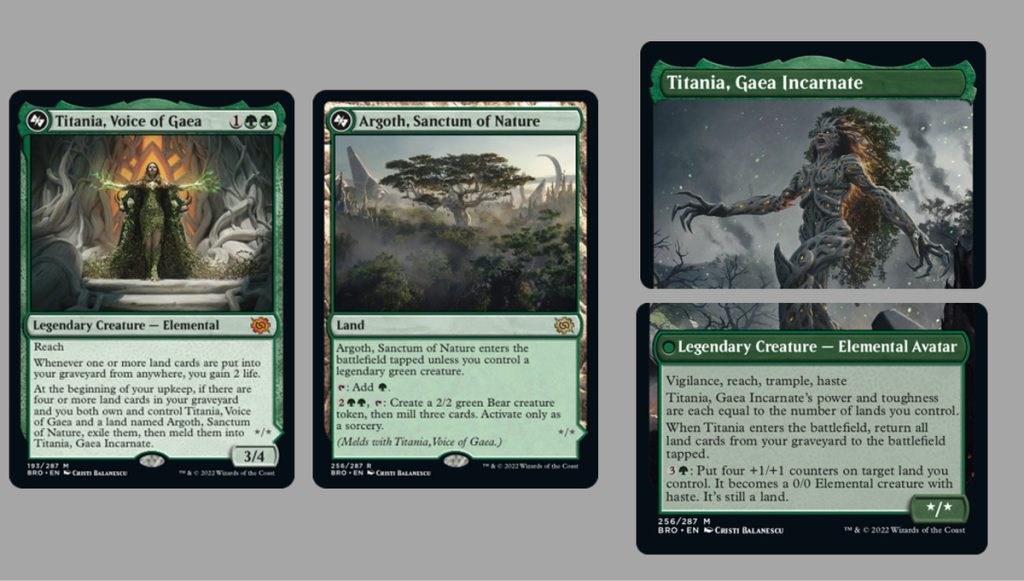
Meld cards differ from other double-faced cards in that they don’t transform in the traditional sense. Instead, they are exiled and return to the battlefield, melded together as a new entity. This means any equipment, auras, or counters on the original cards will not carry over to the melded card.
Interestingly, while you can create a copy of a melded creature or planeswalker, tokens that are copies of meld components cannot be used to meld because tokens cannot return to the battlefield once exiled. The mana value of a melded creature is the sum of its two components, and if a melded creature is copied, the copy’s mana value is zero.
Notably, melded creatures can deal commander damage if one of their components is your commander.
The rules behind the resulting melded card can be complex. As meld requires double-sided cards to work, you can only meld together the actual, physical game pieces. You cannot meld together token copies.
Once melded, both cards are treated as one. They can’t be unmelded, and will attack, block, and otherwise act as if they are a single creature. However, if a meld card leaves the battlefield, the cards will separate and return to being two distinct cards.
Can I Have A Meld Pair As My Commander?
Many meld pairs are legendary permanents – Gisela and Bruna, Urza and the Mightstone and Weakstone, Titania and Argoth. However, meld is not the same as partner, meaning you can only have one half of the meld pair as your commander. The other card must go in your 99-card deck.
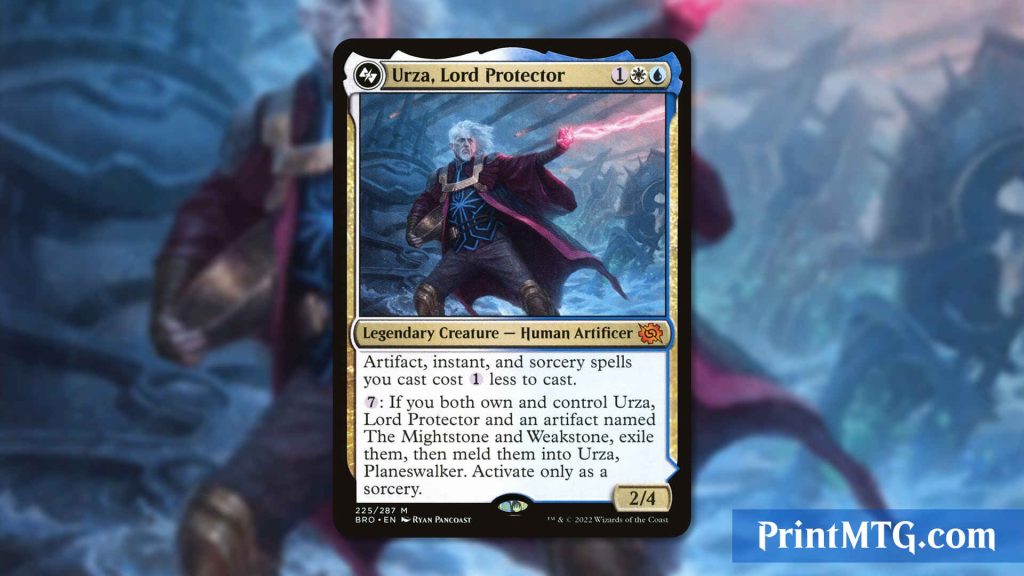
Fortunately, every meld pair so far matches the other half in their color identities, allowing you to include one half in your deck and run the other as a commander. The downside is you’ll either need to draw or tutor the second half of the meld pair during the game.
How To Use Meld
While melding takes significant effort to achieve, the reward can be game-changing. The powers of melded permanents are immense, such as Urza, Planeswalker being able to destroy all of your opponent’s nonland permanents in just two turns, or Brisela, Voice of Nightmares being a 9/10 with flying, first strike, vigilance, and lifelink.
If you get a meld pair into play, you’re likely on your way to winning the game. The challenge is collecting both pieces, so any deck that aims to meld permanents should also enhance its card draw or tutoring capabilities. Using cards like Diabolic Intent, Grim Tutor, or Demonic Tutor to pull your meld power out of your deck could put you significantly ahead of your opponent, provided you have the mana to cast both halves.
Once your melded card is in play, it will be a prime target for removal. Most melded permanents are creatures and follow the same rules as any other, meaning you can protect them by giving them ward, hexproof, indestructible, or using older mechanics like shroud. Phasing is also an excellent tool, as it doesn’t make your melded permanent leave the battlefield and split back into two – consider stocking up on Slip Out The Back or Teferi’s Protection to ensure your hard work doesn’t get undone immediately.
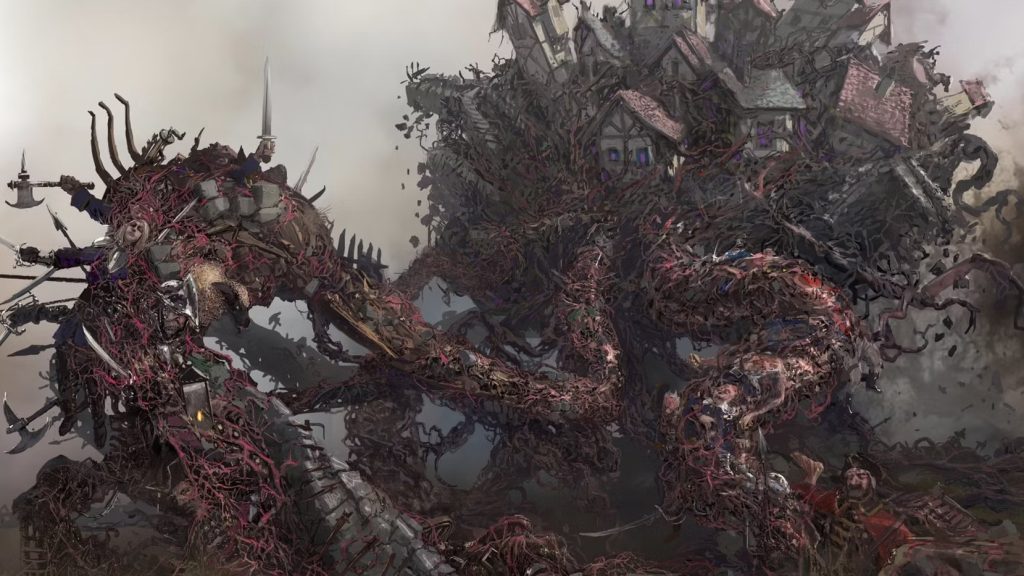
The meld mechanic has been explored through various card pairs, each offering unique strategic advantages and showcasing the mechanic’s potential for creative deck-building and gameplay strategies. For example, the combination of “Bruna, the Fading Light” and “Gisela, the Broken Blade” forms “Brisela, Voice of Nightmares,” illustrating the mechanic’s thematic and mechanical depth.
Despite its uniqueness, the application of meld in competitive play has varied, with some cards seeing more action than others. The complexity of successfully melding, along with the inherent risk of having part of a meld pair removed before they can combine, presents both a challenge and an opportunity for strategic play. The Brothers’ War set pushed the boundaries of meld further, introducing new pairs that were designed with the lessons learned from previous sets, aiming to make the melded permanents more immediately impactful upon entering the battlefield.
How Many Meld Cards Are There?
If you’re being precise, there are only six cards with meld on them. However, since meld involves pairs, there are more accurately 12 cards that are part of the meld mechanic, or 18 if you count the resulting melded permanents.
There is one red, two white, two black, and four colorless meld pair cards – one of which is a land that produces green mana. There are also four multicolor melds: two Azorius (white/blue) and two Rakdos (black/red).
| First Card | Second Card | Melded Card |
|---|---|---|
| Gisela, the Broken Blade | Bruna, the Fading Light | Brisela, Voice of Nightmares |
| Graf Rats | Midnight Scavengers | Chittering Host |
| Hanweir Battlements | Hanweir Garrison | Hanweir, The Writhing Township |
| Mishra, Claimed by Gix | Phyrexian Dragon Engine | Mishra, Lost to Phyrexia |
| Titania, Voice of Gaea | Argoth, Sanctum of Nature | Titania, Gaea Incarnate |
| Urza, Lord Protector | The Mightstone and Weakstone | Urza, Planeswalker |

